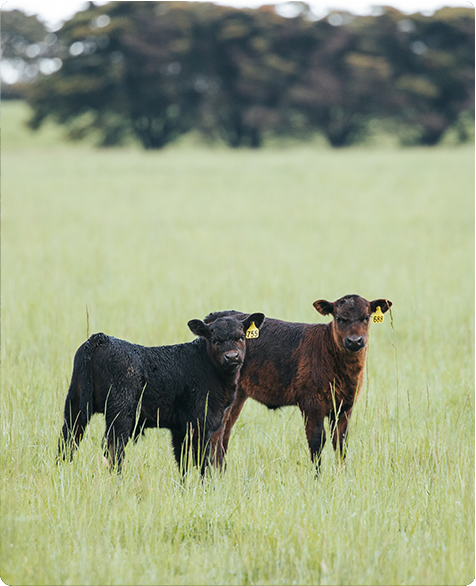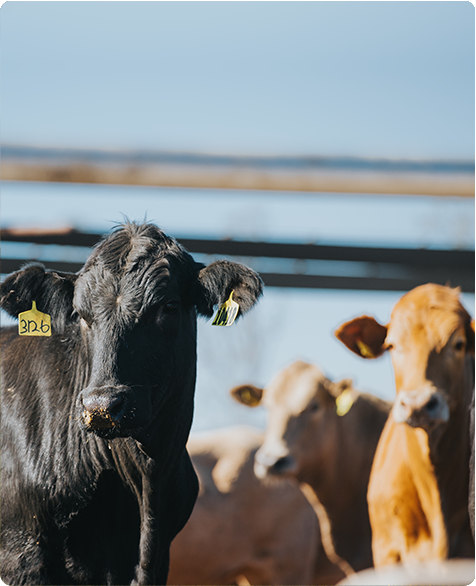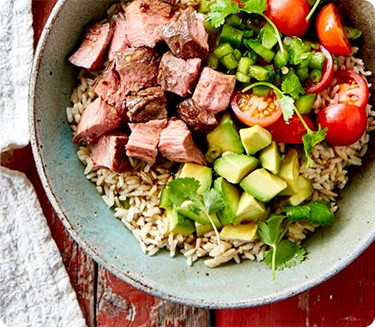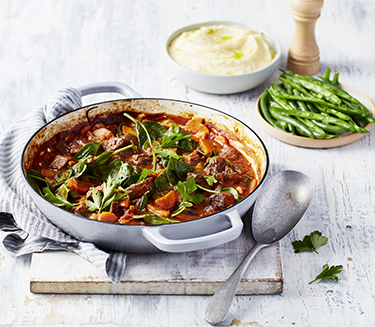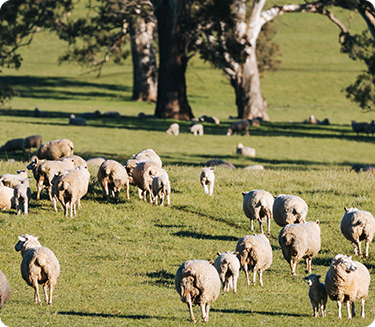Livestock without horns:
- Are less likely to hurt or injure themselves or other livestock
- Are easier to handle
- Cause less damage to farm infrastructure such as yards, gates and troughs
- Require less space during transport and in feedlots
- Are easier to catch in a head bail and apply ear tags to.
- Are less susceptible to diseases
Dehorning, however, is costly and labour-intensive, and causes pain and distress to the animal. This is why the Australian red meat industry is breeding polled animals.
How is dehorning regulated?
Legislation regarding dehorning, disbudding and horn trimming varies for each state and territory – including the maximum age that livestock can be dehorned or disbudded, or have their horns trimmed without pain relief. In addition:
The development of effective and practical pain relief treatments has been a major advance in alleviating the pain animals experience during animal husbandry practices such as castration, dehorning, mulesing, tail docking and de-horning. The adoption of the use of pain relief for surgical husbandry is increasing each year.
How is the red meat industry phasing out dehorning?
Breeding polled livestock is seen as a long-term solution to problems commonly associated with horns. These days, most cattle are bred without horns to reduce the need to dehorn calves. In fact, 73% of the national cattle herd is genetically polled. (Source)
Breeding for a polled herd or flock offers a range of benefits across the supply chain, including:
- Improving animal welfare – there’s no need to dehorn and there are fewer issues with animals fighting and wound management
- Meeting social concerns around dehorning and workplace health and safety
- Creating more value by reducing meat bruising, hide damage and labour requirements associated with animal husbandry practices
- Increasing production – studies show that after an animal has been dehorned, it will often lose or struggle to gain weight.
Genetic tools have recently become available to allow breeders to identify cattle and sheep that will produce offspring without horns. There are poll gene marker tests available to enable producers to accurately breed out horns from their herd or flock, removing the need to dehorn. This is an important step towards increasing the percentage of polled animals cattle within Australian.
Did you know?
- Horns in livestock are inherited through genetics. The polled gene is dominant over the horn trait, meaning that calves that inherit the polled gene from either parent will not require dehorning. (Source)
- The latest poll gene marker test that tests for poll genes in cattle has a commercial poll testing success rate of 99.42%, helping breeders select breeding cattle that will give calves without horns. (Source)
- Studies show there is no significant difference in fertility or other traits in polled versus horned animals, therefore polledness isn’t considered detrimental. (Source)


